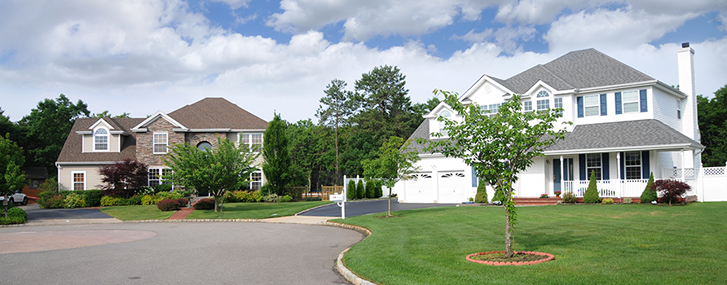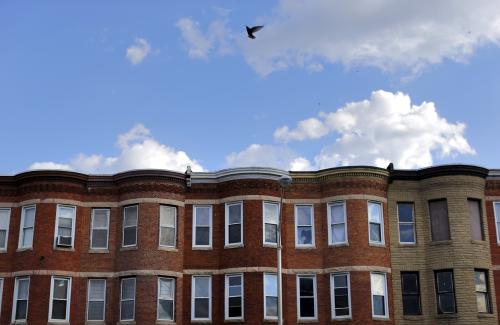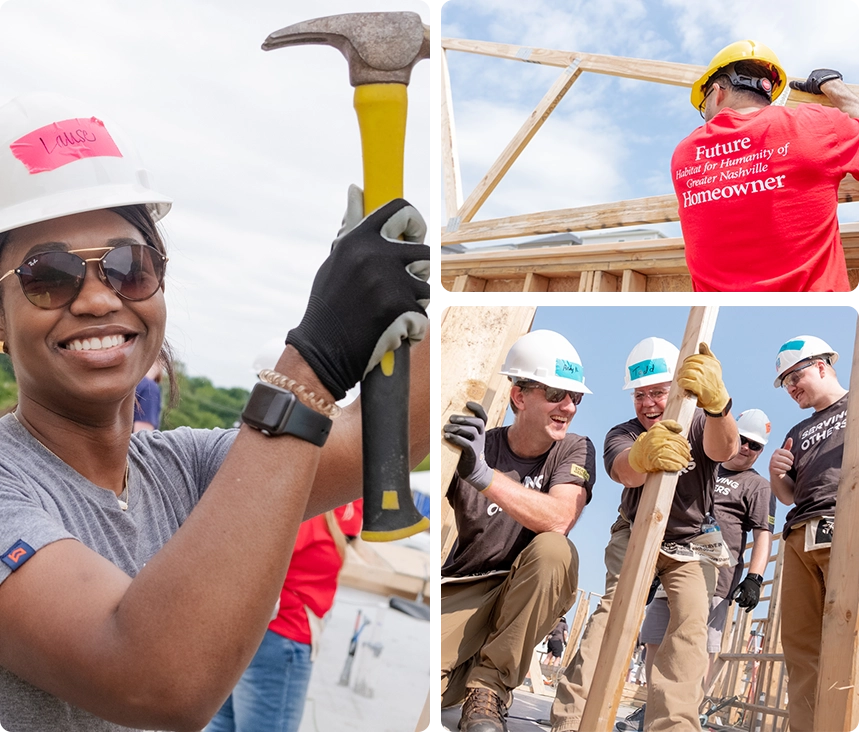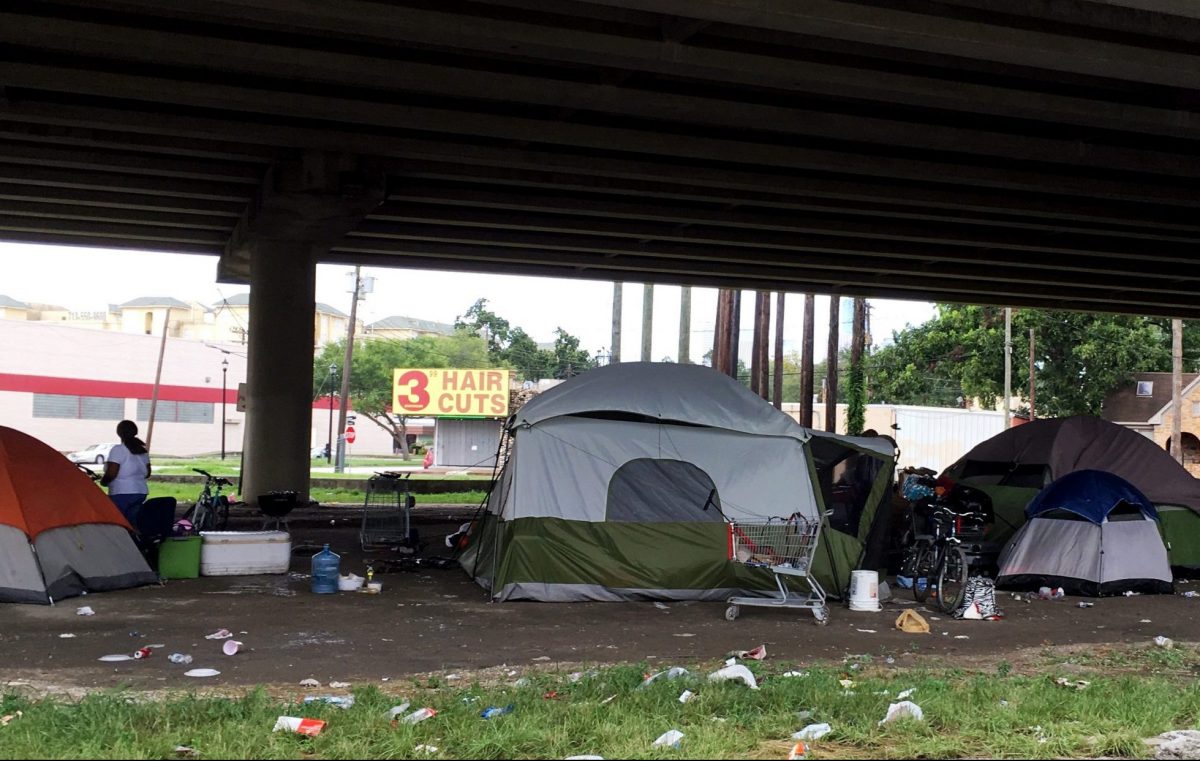Beyond perverse social incentives to hoard shelter from other people as a narcissistic flex (imagine doing this for water or air... look I can breathe as much as I want and you got to spend most of your paycheck just to get enough air to not pass out from moment to moment), there is a structure of how the supply of shelter is handled.
I am wondering why there isn't an "International Roadmap of Affordable Housing"
Instead, we get piecemeal and weak-sauce roadmaps like these:
Vanderbilt University researchers have released a report that points the way to strong, stable neighborhoods with affordable housing.

www.habitat.org
These aren't roadmaps, they are wishes. I applaud that there are organizations that wish these things.
Locally, there is more teeth
Explore the Habitat homeowner program, learn more about engaging with your community as a volunteer, or donate and empower our work.

www.habitatnashville.org
But one charity pulling a whole industry's weight hardly seems like enough.
For comparison, see how an fully international effort in a far less important industry is done.

irds.ieee.org
A body of standards, data-based predictions, outlines of challenges, direction of research to a great degree of detail, and
international acceptance.
















